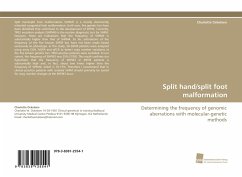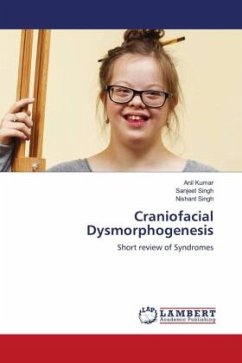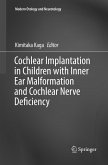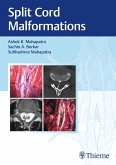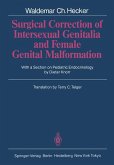Split hand/split foot malformation (SHFM) is a mostly dominantly inherited congenital limb malformation. Until now, five genetic loci have been identified that contribute to the development of SHFM. Currently, TP63 mutation analysis (SHFM4) is the routine diagnostic test for SHFM. However, there are indications that the frequency of SHFM3 is substantially higher than that of SHFM4. So far, estimations of the frequency of the five known SHFM loci have not been made based exclusively on phenotype. In this study, 28 SHFM patients were analysed using array CGH, MLPA and qPCR to detect copy number variations at the five known genetic loci. TP63-positive patients were excluded. In our cohort, the frequency of SHFM3 was 25% (7/28). This result confirms our hypothesis that the frequency of SHFM3 in SHFM patients is substantially high and, in fact, about two times higher than the frequency of SHFM4, which is 10-15%. Therefore I recommend that in clinical practice patients with isolated SHFM should primarily be tested for copy number changes at the SHFM3 locus.
Bitte wählen Sie Ihr Anliegen aus.
Rechnungen
Retourenschein anfordern
Bestellstatus
Storno

